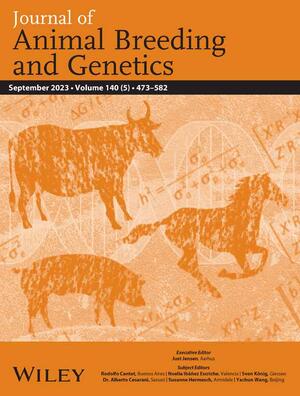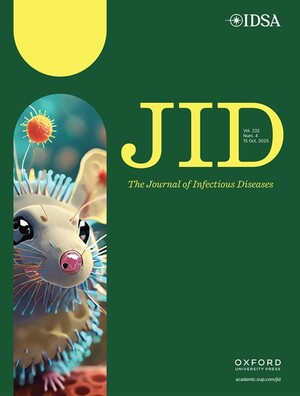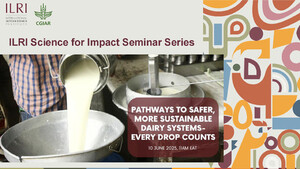
Lameness as a disease of intensification in dairy cattle under urban and peri-urban production system in the Addis Ababa milk shed
Abstract
An exploratory survey was undertaken to describe and quantify the magnitude of lameness in 964 dairy cattle between October and December 1999 under urban (Addis Ababa), peri-urban (Sebeta and Kaliti), and urban farms in a secondary town (Debre Zeit). Based on herd sizes, these farms were classified as small, medium, and large, and data were collected on farm conditions and individual animals using a structured questionnaire. Clinical examination was made on the musculoskeletal disorders and animals with disorders were identified and described in terms of category of animal, class of lameness and site of disorders. The disorders including hoof over-growth and interdigital skin hyperplasia that did cause lameness were 16.396. Out of the total 964 animals examined, 73 animals (7.696) clinically exhibited clear signs of lameness in at least one of their limbs. Lameness was more prevalent (P<0.01) in cows than other groups followed by breeding bulls, young stock, and heifers. The hind limb and the lateral claw were more frequently affected (P<0.01) than the front limb and the medial claw, respectively. Most of the lame cases (68.596) had their sites of involvement either in the joint alone or joint and other areas of the limb. Excluding 'Sickle' and 'cow-hocked' conditions that did not involve only one tissue, the proportion of lesions that affected the limb structure was higher (82.996) in the intensive production system and in the productive group of animals (milking cows) in the herds. This study indicated that lameness is an economically important disease among dairy animals in urban and peri-urban production. Research and development interventions are recommended.
Citation
OAU/STRC Bulletin of Animal Health and Production in Africa;49(1): 254-261









